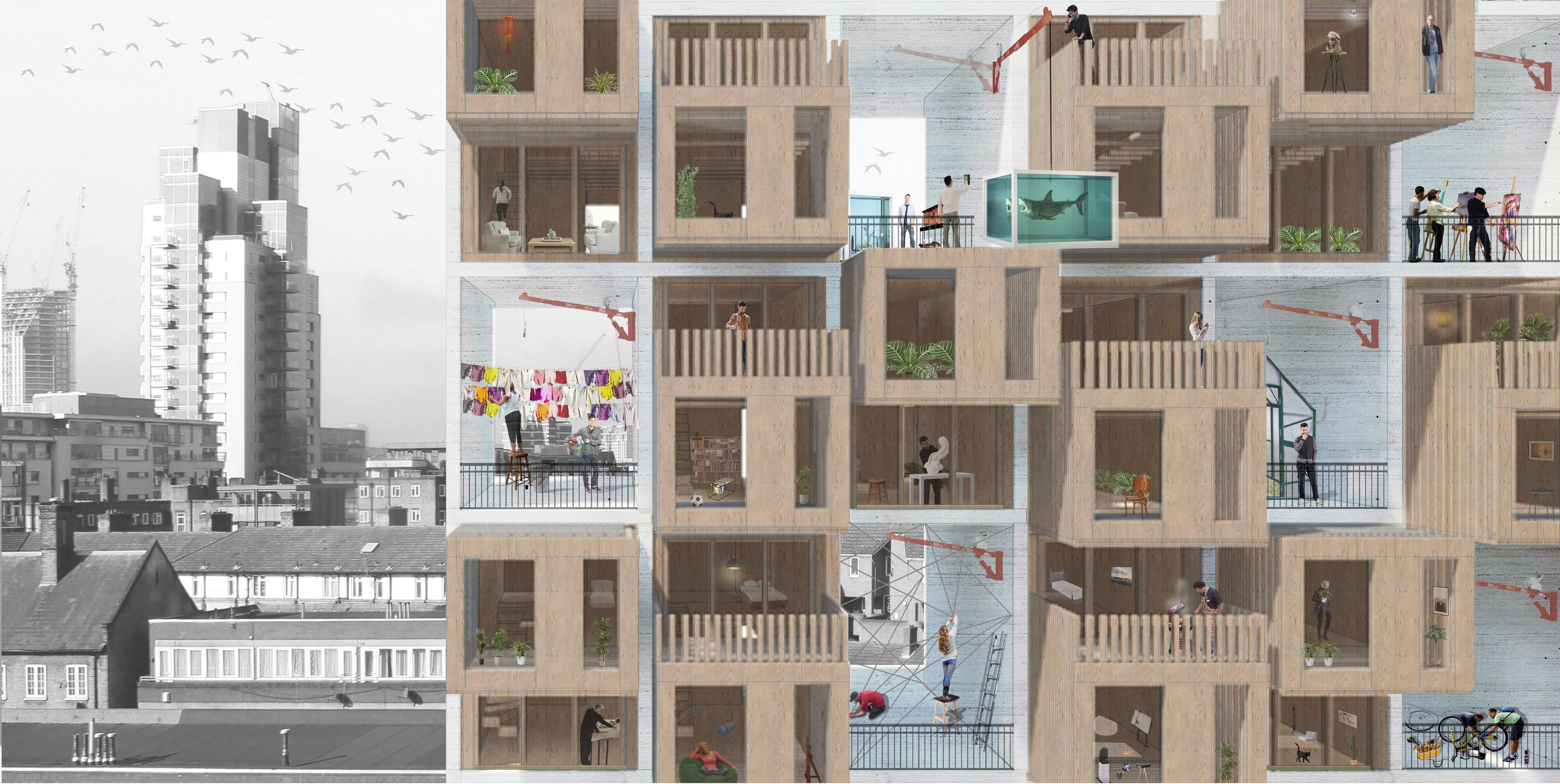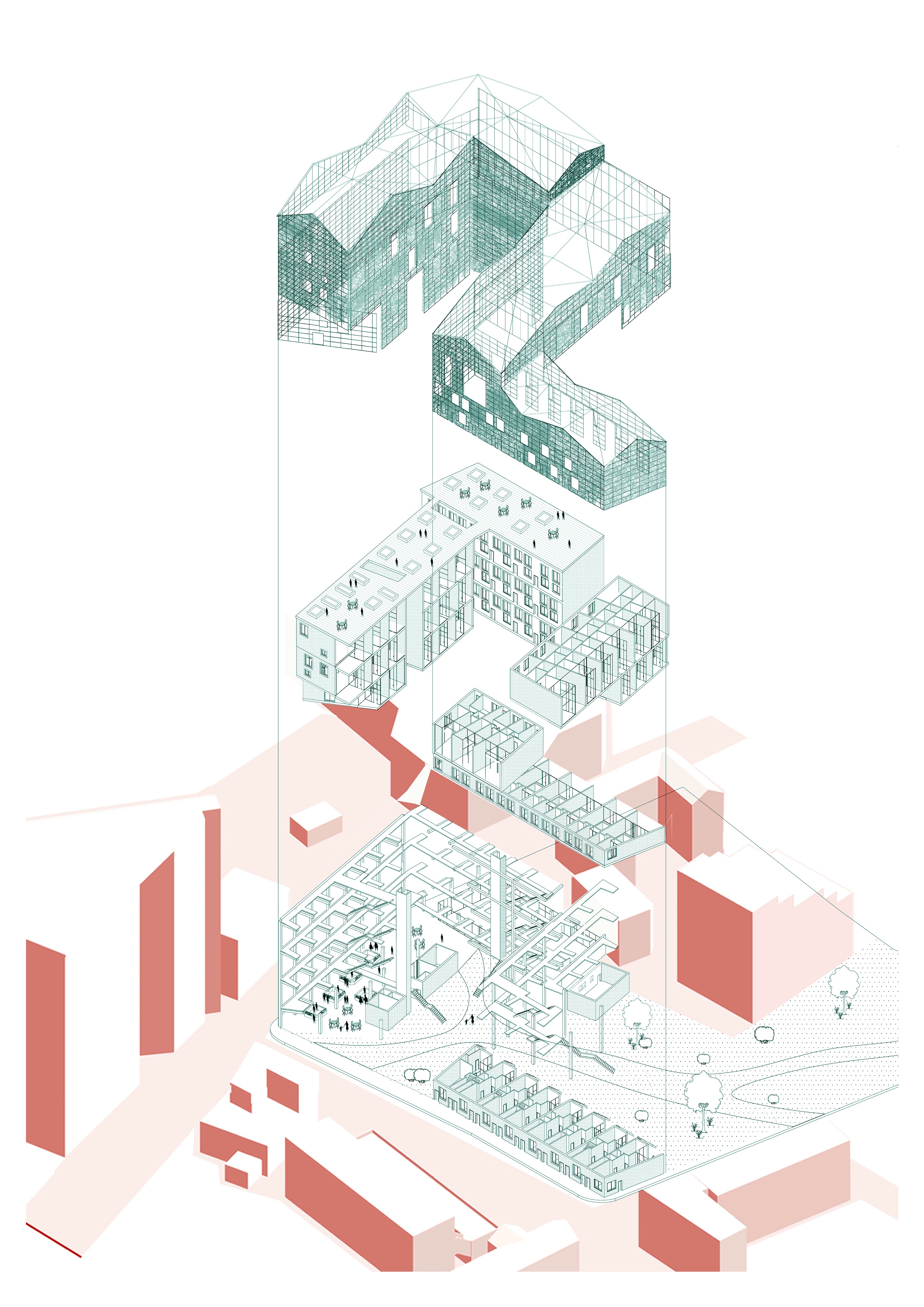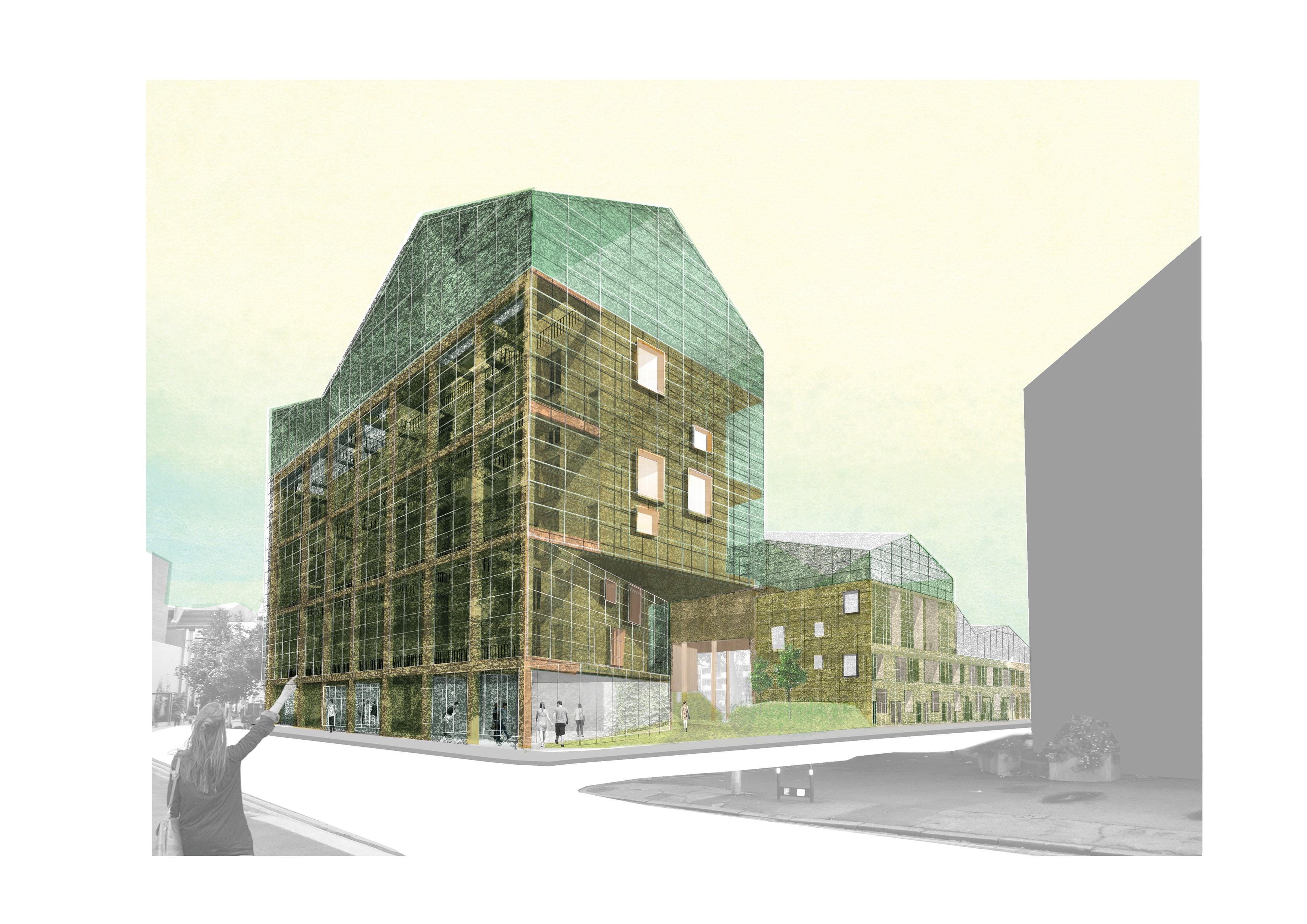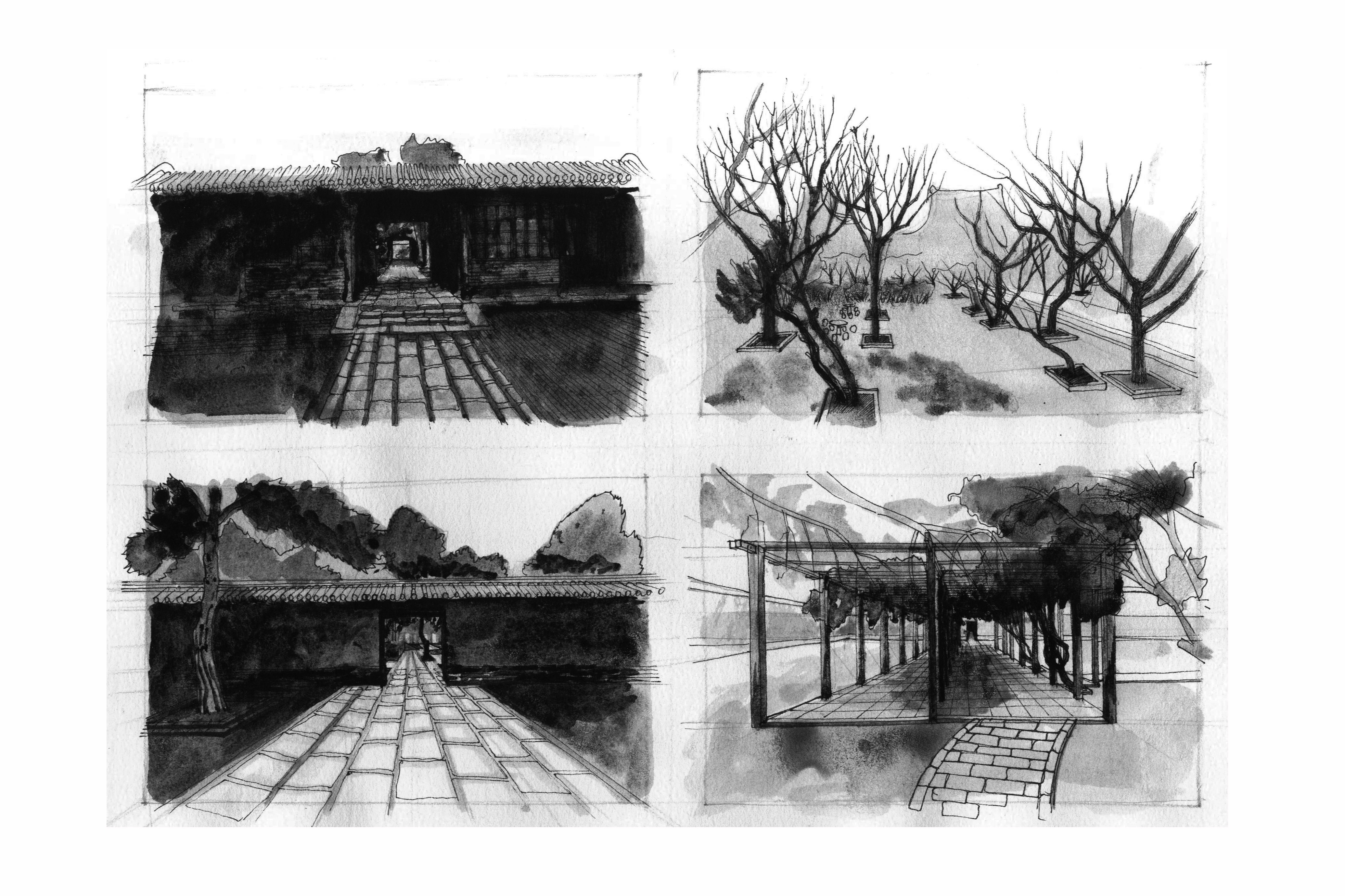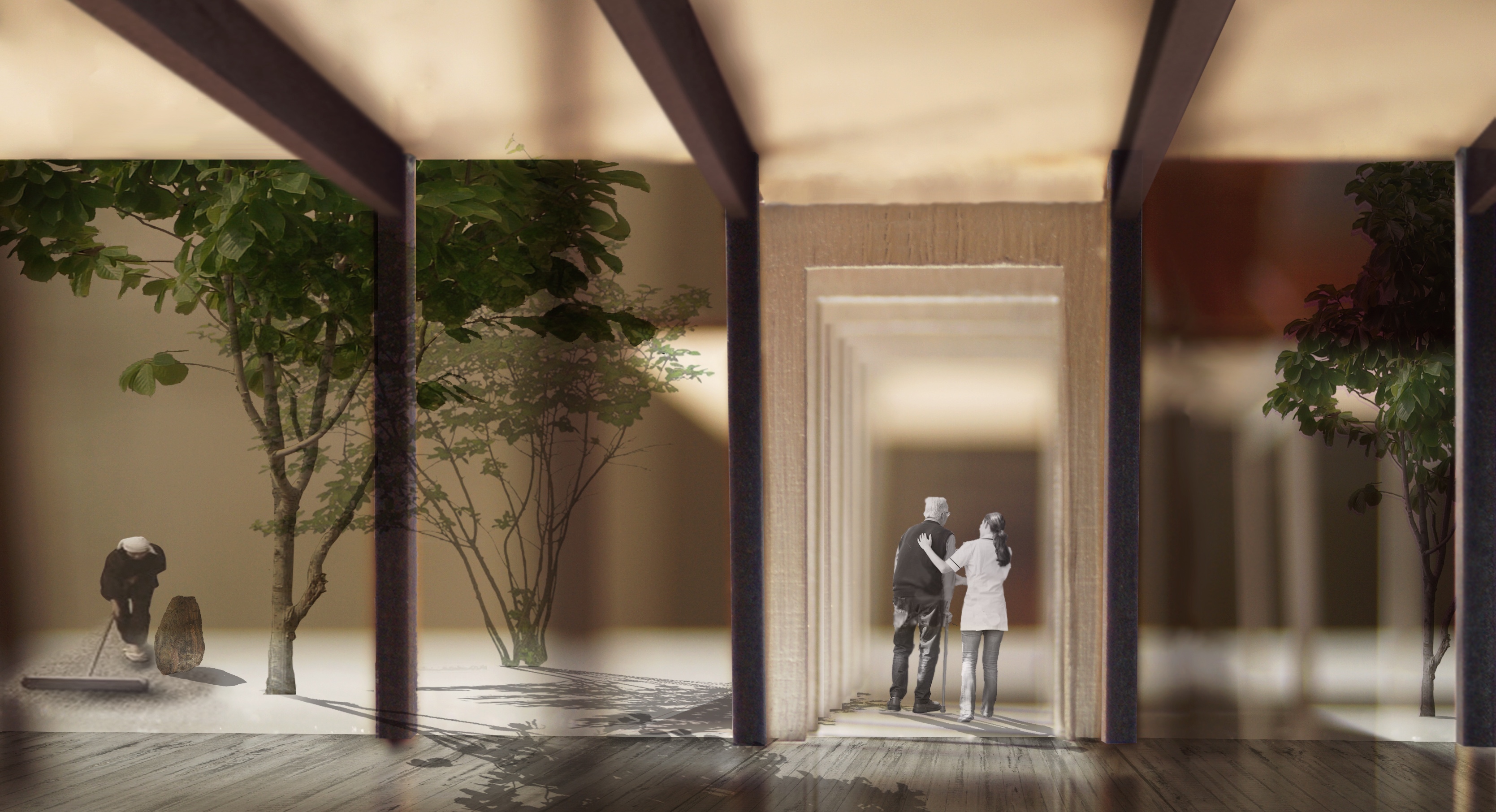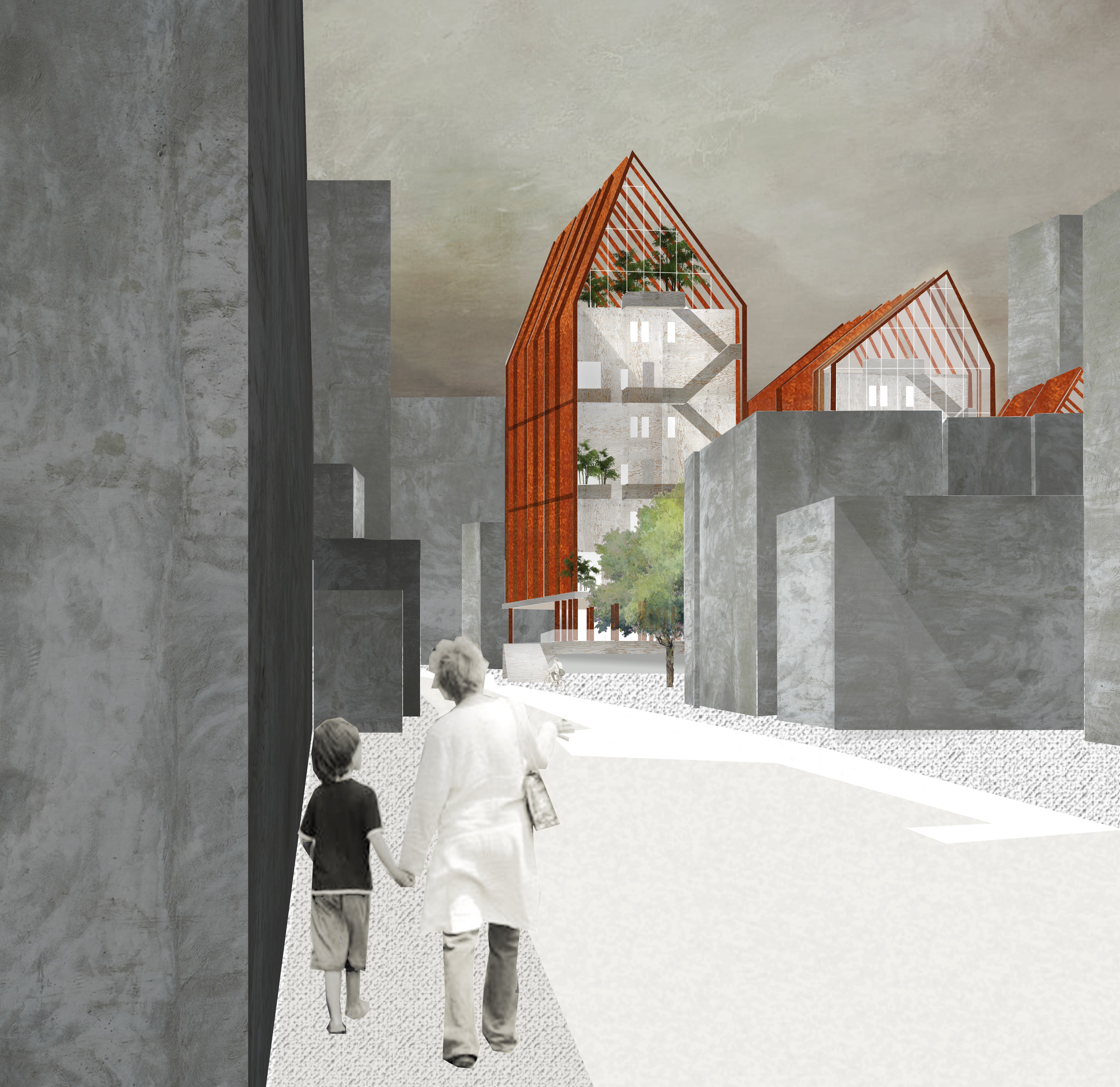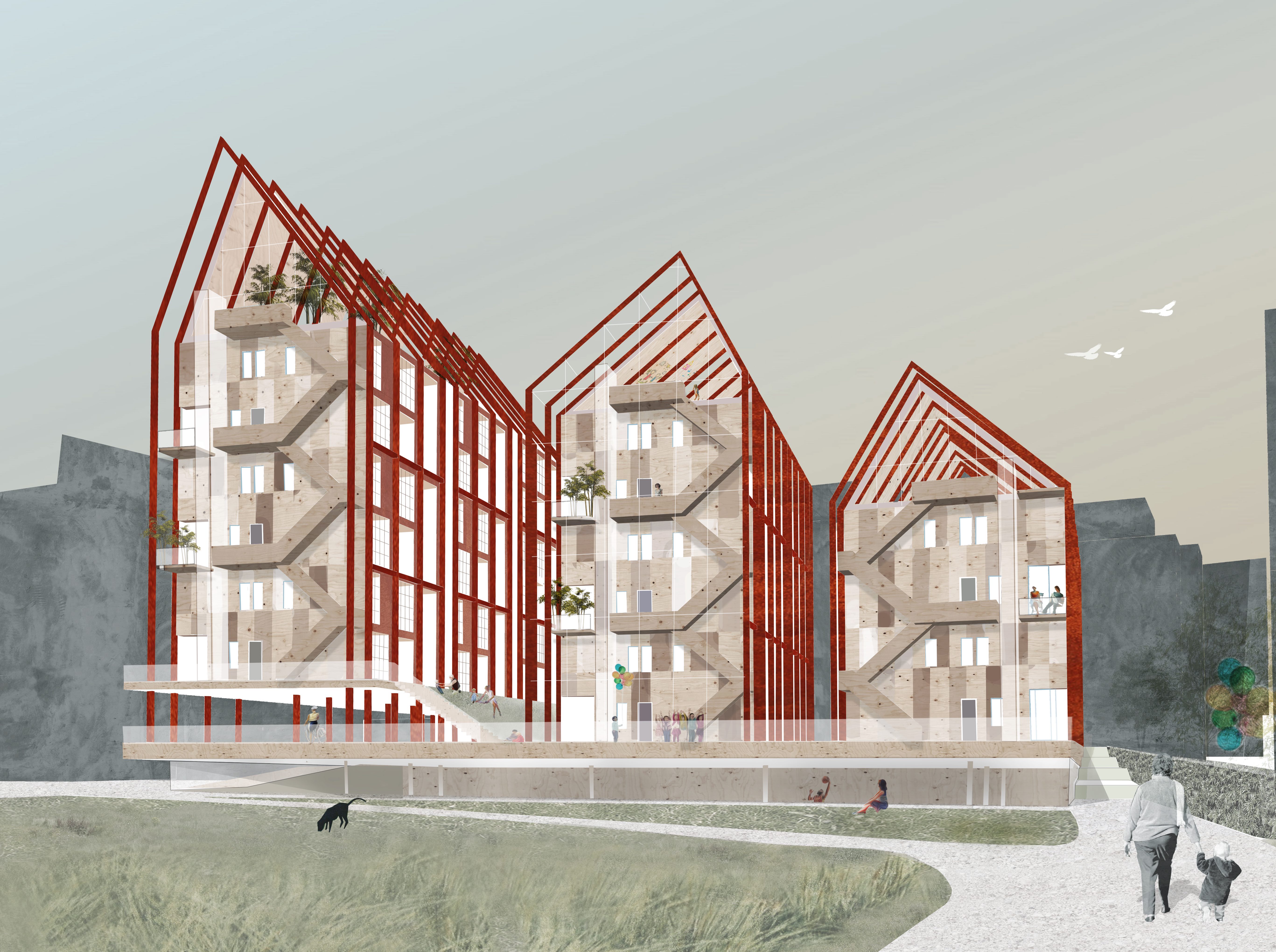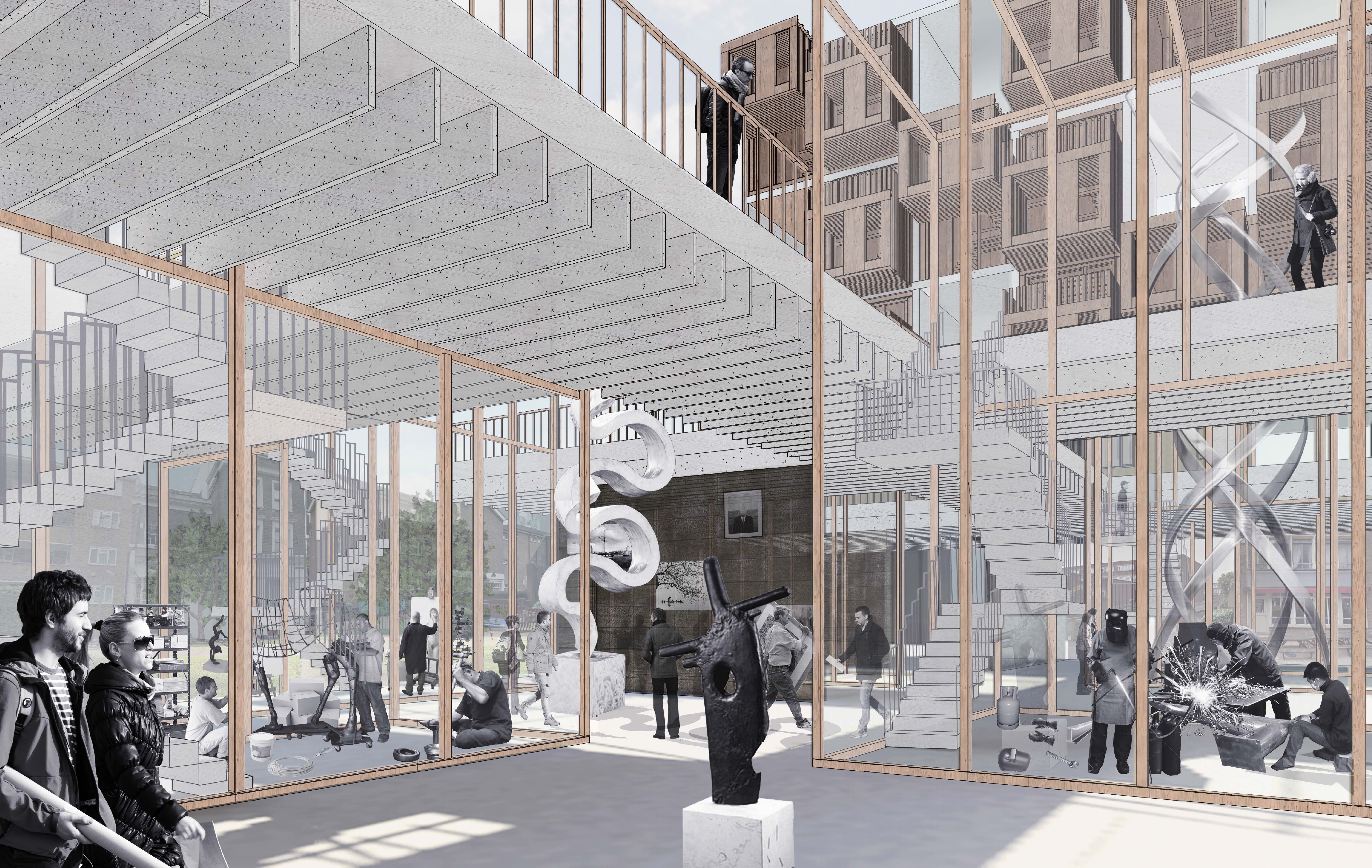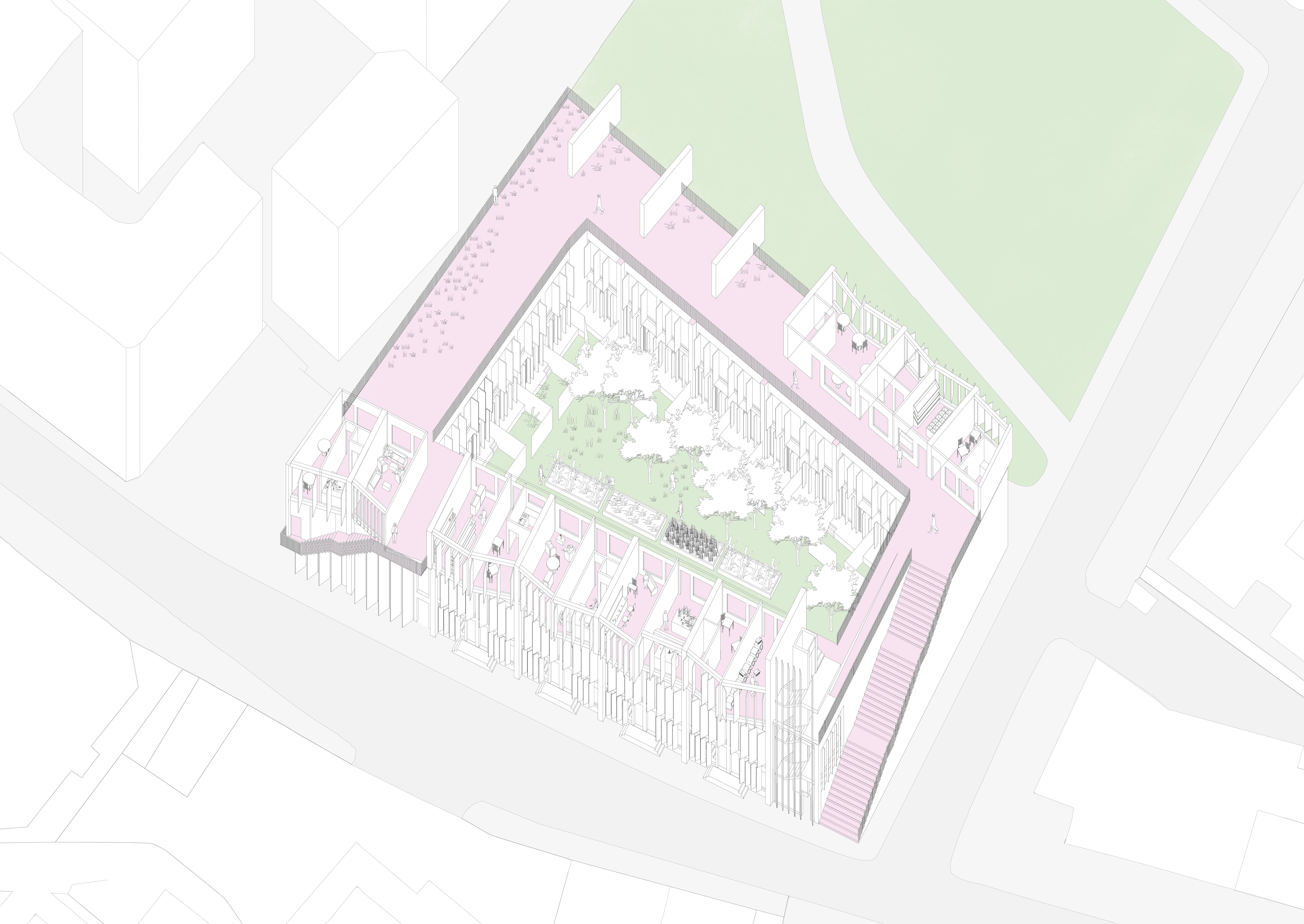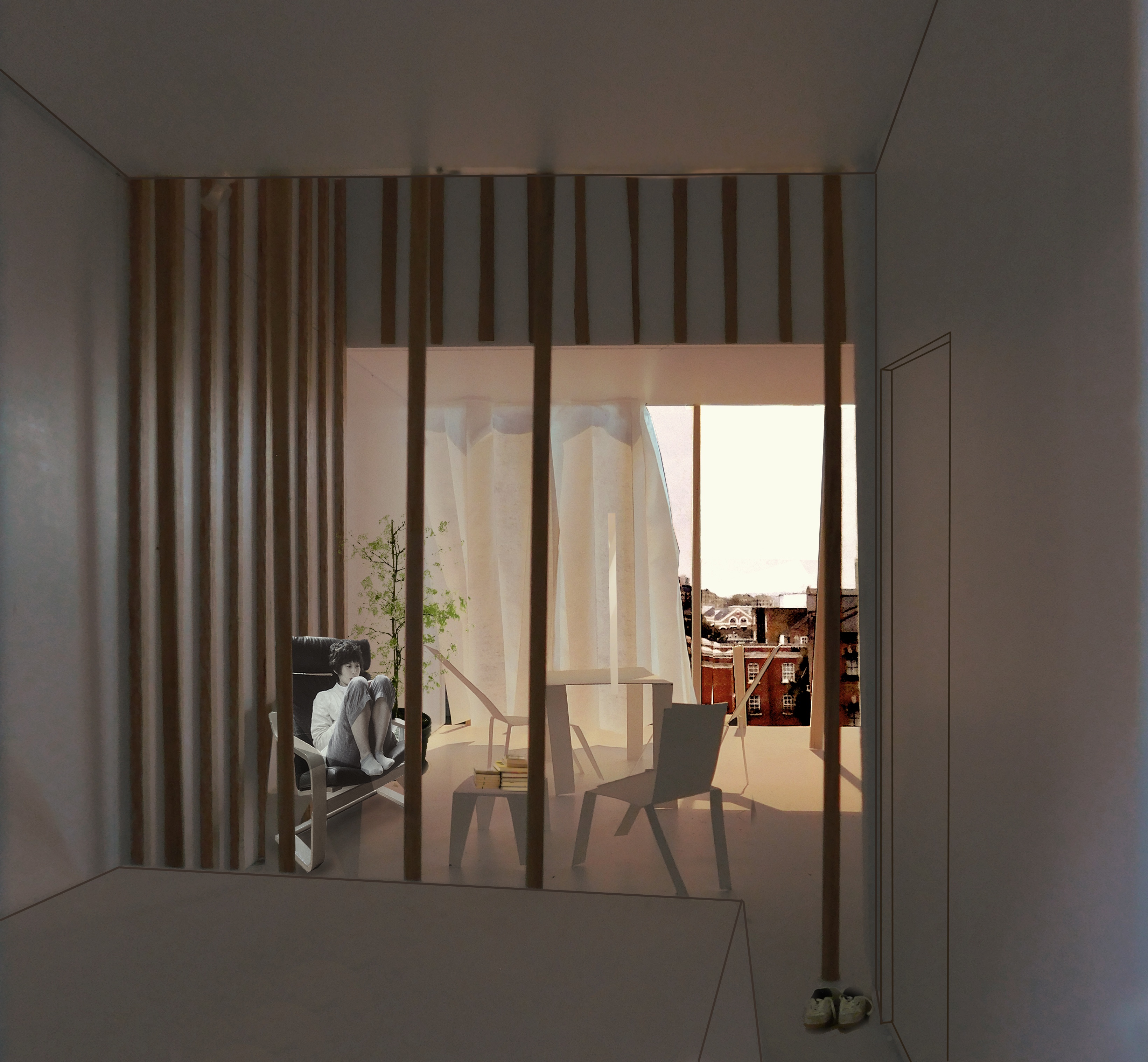Design Studio (Three) Seven ARCHIVE
YEAR THREE – DS3.7
Tutors: John Zhang & David Porter
John Zhang is a practicing architect and an Associate at DSDHA. He is also currently working on a PhD at the Royal College of Art on the topic of contemporary Chinese architecture.
David Porter is an architect, writer and educator. He was a partner in Neave Brown David Porter Architects, and currently holds a Professorship at the Central Academy of Fine Art, Beijing.
Happy Together
Using Beijing and London as our testbeds, DS3.7 explores new ideas of living together in the city. Key to our agenda is the focus on finding original approaches to mediate the thresholds between public and private, between the inside and the outside, and between the building and the city. We encourage knowledge transfer through a comparative analysis of urban morphology. We advocate an architecture that engages the global context. We constantly question what it takes to think in context, posed as a general problem in human thought and as a particular problem for architects.
We spend our first semester embedded in Beijing, living and studying at the Central Academy of Fine Arts (CAFA), immersed in a radically different cultural and urban context. Through designing homes for the emergent ‘Ant Class’ of low income educated young people, we were able to develop a new set of knowledge on hybrid communal housing design, at a strategic level.
In second semester we consolidate the lessons learned from Beijing, in the development of a comprehensive architectural proposal for a hybrid housing scheme in Bermondsey, London. Each project identifies and responds to a different end users, taking account of their socio-economic conditions, their specific housing needs, and their personal idiosyncrasies. Through a tectonically led process, informed by model making at a range of scales, we explore the spatial, material, and experiential qualities of our proposals, accompanied by a clear understanding of the appropriate construction approaches and structural principles.










